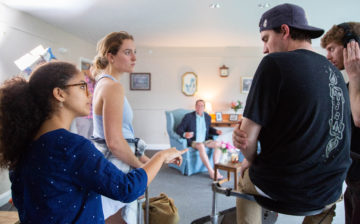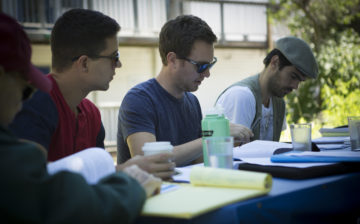Workshops
Guided by celebrated filmmaker Emily Hubley, explore how to take viewers on a journey into your interior world.
There are no available registration dates at this time.
Emily Hubley has been making animated shorts for over forty years. Her films visit the world of dreams and distant memories and contrast our inner, remembered, or imagined worlds with our outer and more objective experience.
This workshop will focus on participants’ individual projects, allowing them to explore their unique expression by developing scripts, storyboards, and animatics to provide windows into the distinct, handmade worlds drawn from their own lives, dreams, and imagination.
Emily Hubley is a member of the Academy of Motion Picture Arts and Sciences and has been making animated shorts for forty years. Her hand-drawn films explore personal memory and the turbulence of emotional life.
Each session of the workshop will focus on a different aspect of the creative process and include a brief technical demonstration followed by a review of projects in development. Participants will hear collective feedback and share their investigation of the elasticity and power of the animated medium. Each participant will experiment with story-telling and visualizing in order to arrive at the truest version of each particular project. Be prepared to play and discover.
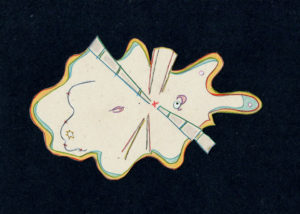 Drawn frames will be created in Photoshop and edited using Adobe After Effects or an editing software that the makers are fluent in (Adobe Premiere, DaVinci Resolve, etc.). Experience with animation is not required but please note that only a small portion of the workshop involves teaching animation skills and techniques. This workshop is about the inner landscapes we are working to discover, not about learning how to use software.
Drawn frames will be created in Photoshop and edited using Adobe After Effects or an editing software that the makers are fluent in (Adobe Premiere, DaVinci Resolve, etc.). Experience with animation is not required but please note that only a small portion of the workshop involves teaching animation skills and techniques. This workshop is about the inner landscapes we are working to discover, not about learning how to use software.
The goal is not for students to produce a fully animated film but rather to create works that incorporate highlighted animatics (filmed drawings or storyboards), partial animation, as well as still images, and creative use of sound. The level of your drawing ability is not important here. A dot or a line on a page can be expressive. The class objective is to determine and practice using your individual voice and artistic style for the purpose of owning your story.
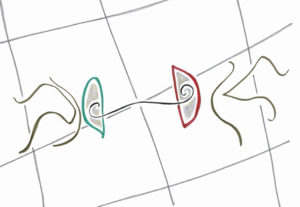 While the complexity of the final projects will be determined by the makers’ level of animating experience (if any) and the time they can commit, participants will create a video of less than three minutes, illustrating their stories with drawn and/or found images, original sound elements, and the strategic inclusion of animated material.
While the complexity of the final projects will be determined by the makers’ level of animating experience (if any) and the time they can commit, participants will create a video of less than three minutes, illustrating their stories with drawn and/or found images, original sound elements, and the strategic inclusion of animated material.
Each day will include the viewing of a short film (or other sample of independent, handmade animation), updated presentations and discussion of participants’ works-in-progress, and a brief animation exercise that may or may not become part of the final projects.
Day 1 – Scripts/words/poems. Participants will bring two short segments to share with the group ─ one from memory (a true story from your life) and the other from imagination (an invention). We will consider: how these stories differ? What might it be like if they were combined? We will explore inventive ways to combine true and imagined elements. As a storyboarding exercise, makers will create six images for each of their stories and re-order/combine them to create a new and revised hybrid story, after which they will commit to words (if there are to be words) and sequences of images on which to base the next day’s work.
Day 2 – Animatics. Participants will present revised storyboards (12 – 18 images) and record rough tracks (if spoken) or source music/sound for their animatics. Drawings/images will be scanned and edited together. We will explore how can images augment, comment upon, or contradict the meaning of words? How can we combine and juxtapose abstract/symbolic imagery with references to a more objective reality, in order to create a hybrid inner landscape? As an animation exercise, the group will create a walk cycle or animate a physical gesture of their choice, to be incorporated into the work in progress.
Day 3 – Augmented animatics and continued development of sound elements, including voice, music and effects. Participants will continue to shape and hone their animatics – experimenting with timing and the juxtaposition of image and sound. An animation exercise will use metamorphosing of drawn (representative/abstract) images which will help to specify the reality of their inner worlds.
Day 4 – Editing ─ ordering, timing, and embellishment. Participants will present revised animatics and continue to animate and finalize their soundtracks. During the day, continued feedback and discussion will inform further changes and developments. Trim the fat, revise drawn elements, and embellish, as needed, the key moments/scenes that will include animation.
Day 5 – Presentation and review. Participants will present the newest drafts of their projects, and create realistic production schedules for the final two weeks. As our IN PERSON sessions come to a close, we’ll review individual stumbles and leaps along each particular path will celebrate each maker’s distinct imaginative faculties. We will discuss, again, realistic goals, with each maker deciding how best to use the available time to fine-tune their work, which will be presented to the group in one of the final follow-up sessions via Zoom.
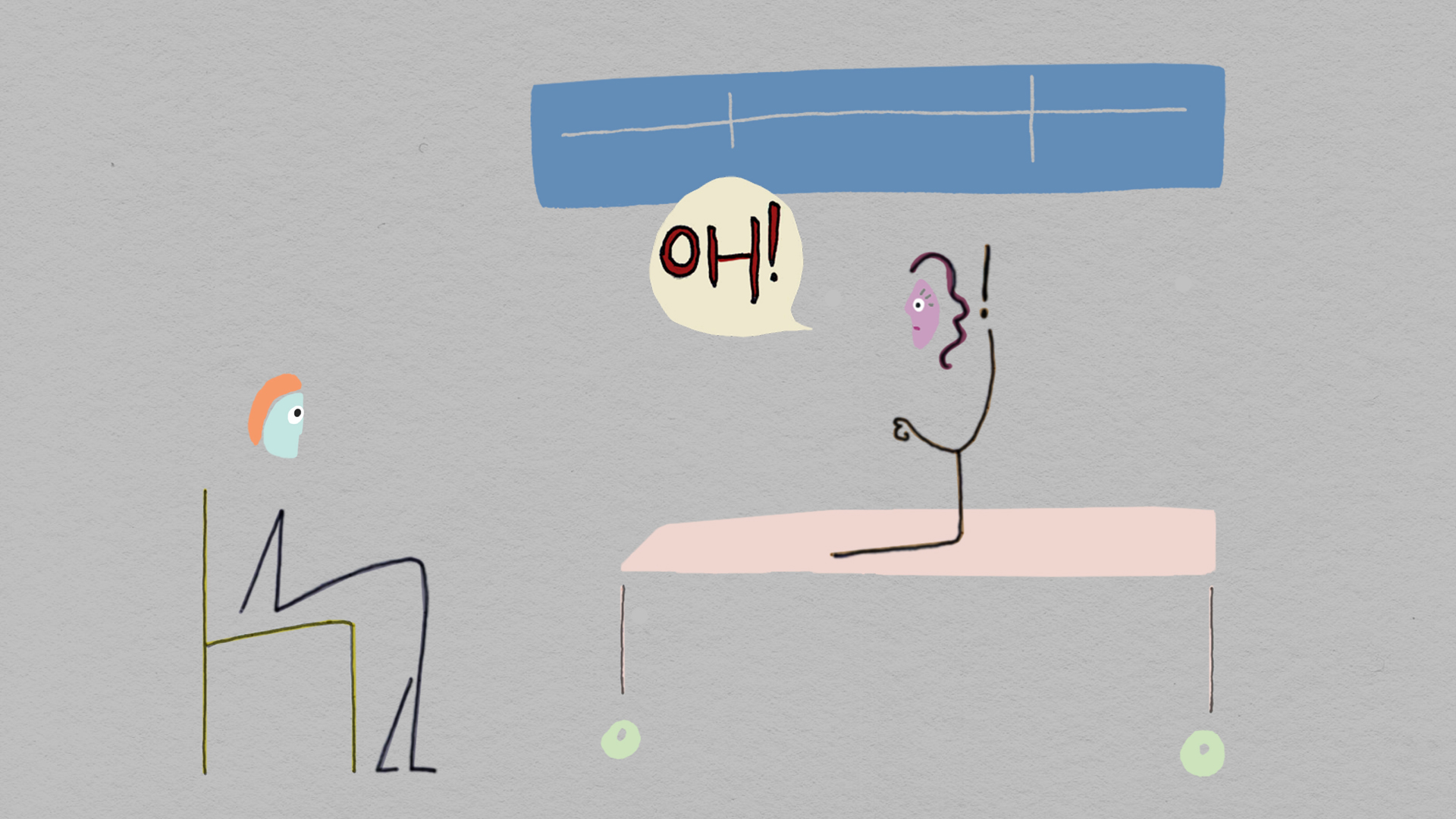
Follow-up Sessions
Following our week together on campus, you will have two more weeks to complete your project.
On the Saturday following the workshop (July 6) between 10 am and 3 pm, the instructor will be available to meet via Zoom (by appointment) to address any questions that may arise. On the following Saturday (July 13) between 10 am and 12 noon, the group will meet via Zoom to present their final projects.
Course Requirements
Participants should be fluent in using Photoshop and editing software (e.g. Adobe After Effects, Adobe Premiere, DaVinci Resolve, etc.). Students have the option to do one of the following: 1) draw on paper and scan their drawings or 2) purchase a tablet (example here) that costs approximately $60 or 3) use paper and purchase a lightboard (example here) that costs approximately $20. If selecting option 2 or 3, you should purchase one of these tools in advance of the workshop.
All images & videos: ©Emily Hubley.
Share This
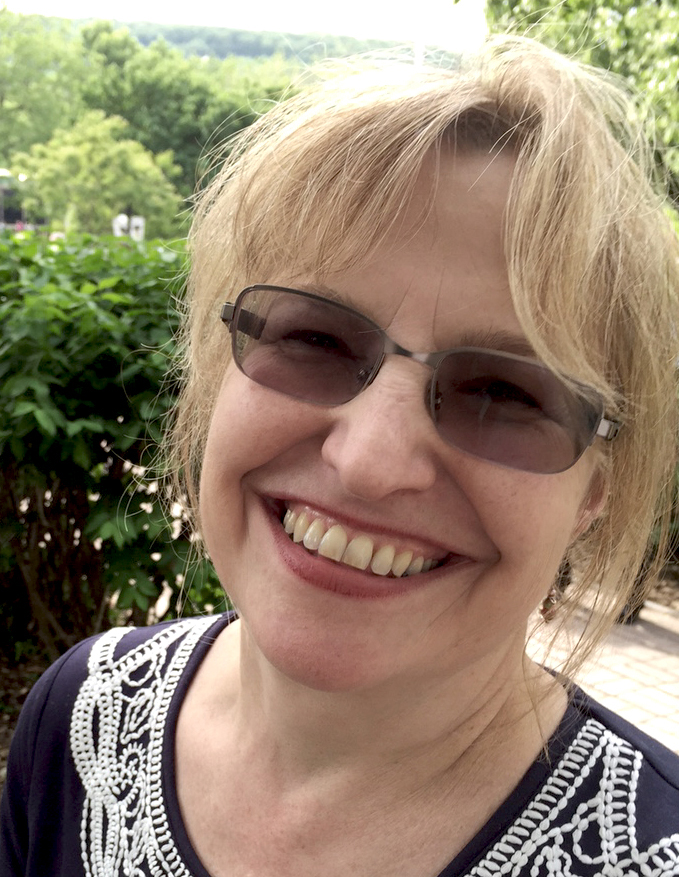
Instructor: Emily Hubley
Emily Hubley’s films are in the permanent collection of the Museum of Modern Art, Department of Film. She is a member of the Academy of Motion Picture Arts and Sciences and was in the first class of Annenberg Film Fellows named by the Sundance Institute. Ms. Hubley has been making animated shorts for forty years. Her hand-drawn films explore personal memory and the turbulence of emotional life.
Hubley’s feature, THE TOE TACTIC, was developed at the Sundance Institute's Screenwriters’ and Filmmakers’ Labs. THE TOE TACTIC had its theatrical premiere at the Museum of Modern Art in NYC and was released on DVD by Kino International. The film screened at many prestigious film festivals including SXSW, New Directors/New Films and the San Francisco and Rio de Janiero International Film Festivals.
Ms. Hubley recently created a series of animated segments for ON MY WAY TO WHERE, Julia Greenberg’s documentary about the singer/songwriter Dory Previn.



